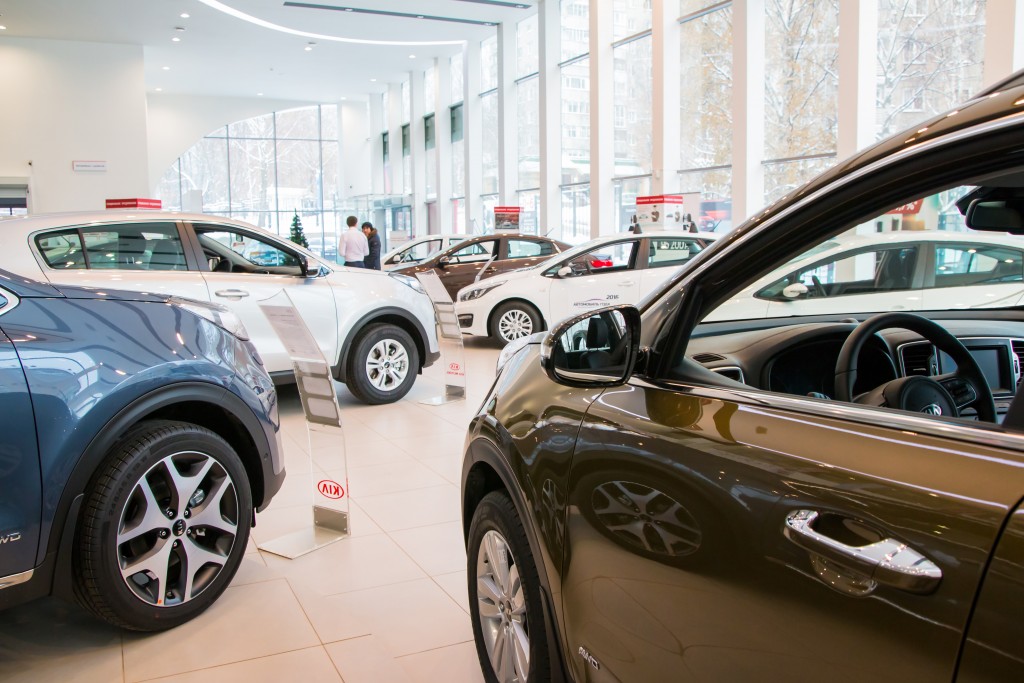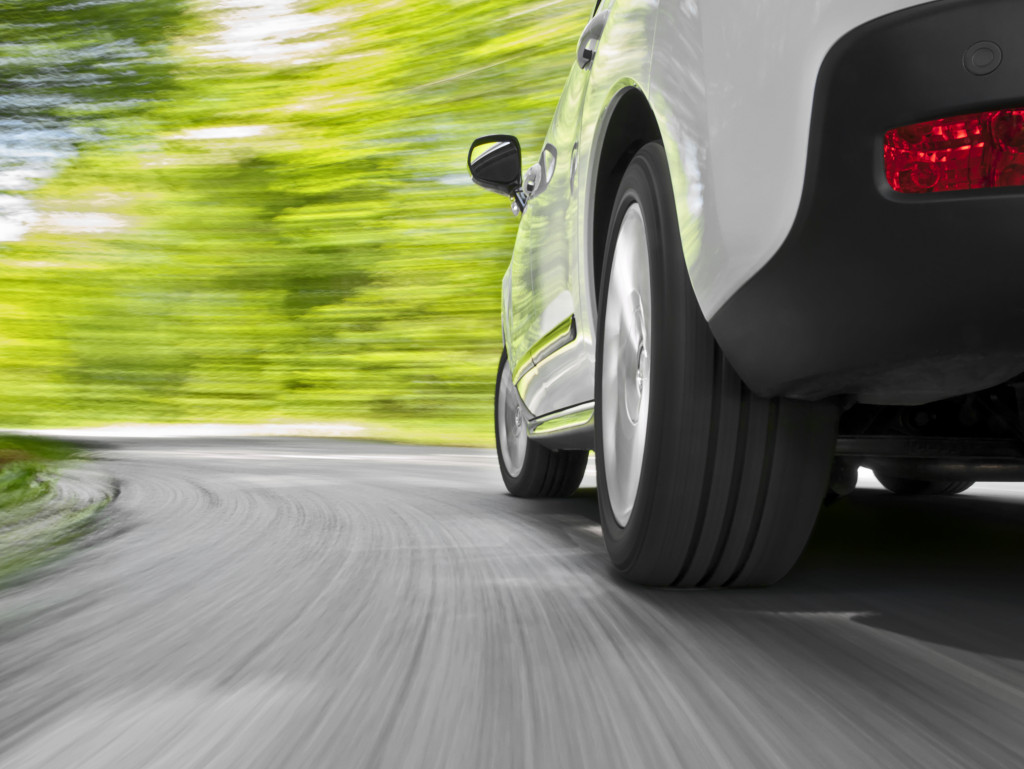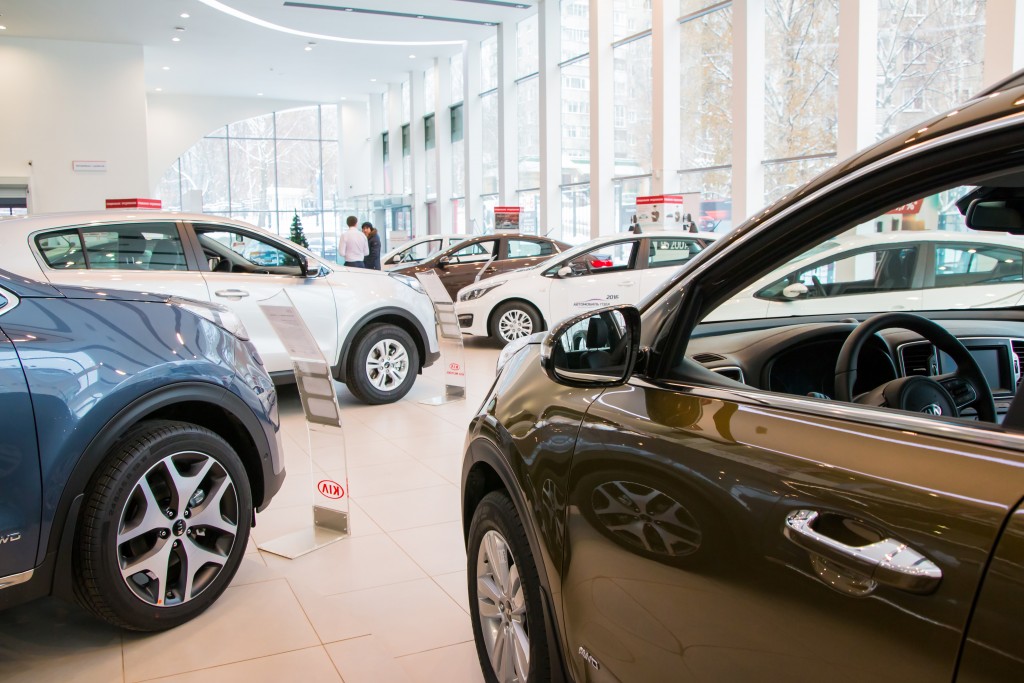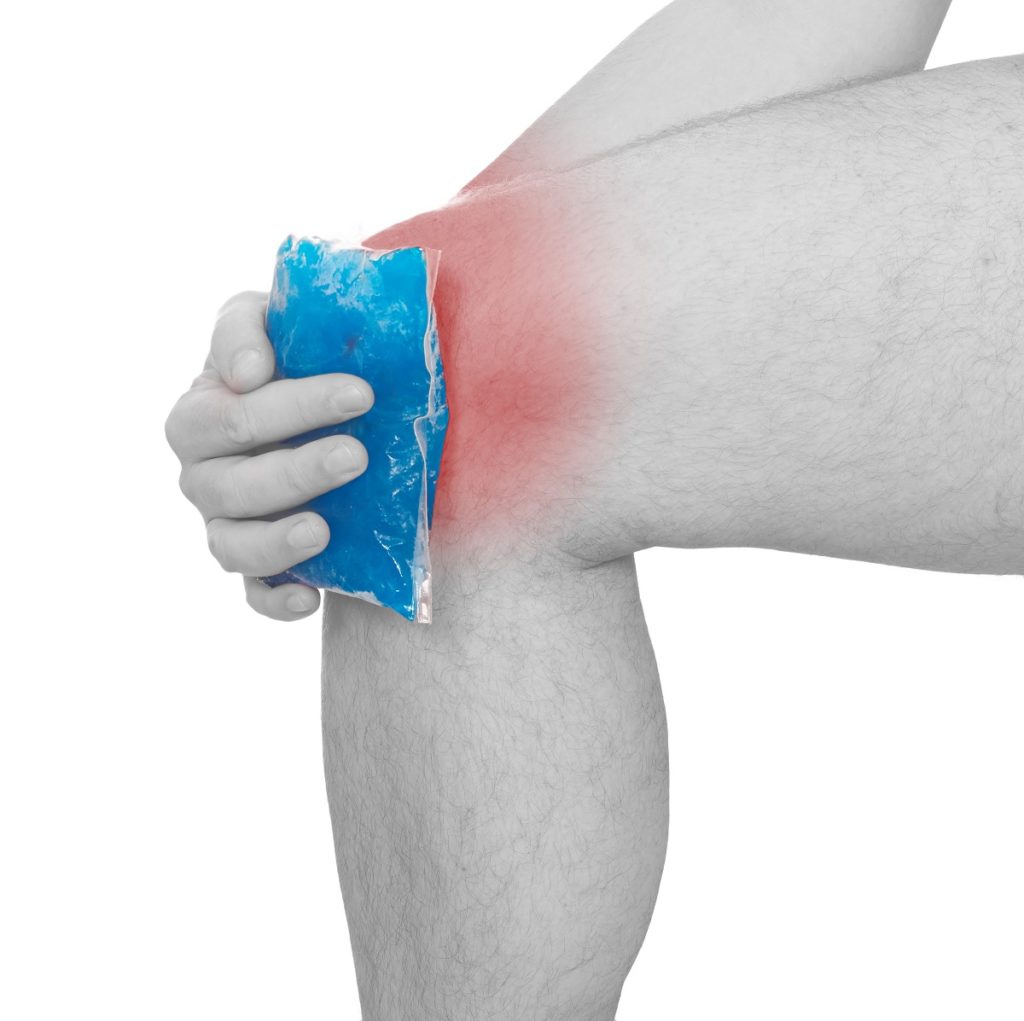High-quality automotive paint can withstand harsh weather elements, such as torrential downpours and strong winds. The paint job in your car, however, isn’t bulletproof. If you want it to last for years to come, you’ll need to take good care of your vehicle.
Besides equipping your vehicle with paint protection or clear bra car products, you should eliminate driving habits that create unsightly dents and scratches to your auto.
Here are some driving behaviors you should stop doing to keep your car in good condition:
1. Parking Your Vehicle in the Sun
The sunlight in some areas of the country is bright and abundant. Sadly, the powerful but harsh ultraviolet rays of the sun can ruin the beautiful paintwork of your vehicle. What these rays do is that they break down the fine minerals present in paint pigments. As a result, the paint job breaks down over time and loses its shine. If you frequently park your car in the sun, the vehicle will eventually become dull and faded.
Rather than leave your car exposed to harsh sunlight, look for covered parking, such as a garage, to help safeguard the paint job. Alternatively, you could purchase a custom-fitted vehicle cover to keep your car safe from the sun’s UV rays.
2. Parking Your Car Beneath a Tree
A covered parking spot that you should not consider is a tree. Leaving your vehicle in this area is a terrible idea. Here’s why:
- Bird Droppings – The excrement left by these feathered creatures contain uric acid. When left unwashed, bird poo can eat through the sealant and wax coatings. It then eventually destroys the underlying paintwork.
- Tree Sap – Some trees drip a lot of sap. This substance is sticky and difficult to remove. Forcibly taking out the sap could damage your vehicle’s paint job.
- Falling Fruits – During windy days, fruits might fall directly on the exterior of your car. If the fruit is huge, the fall could smash your car’s windshield or cause an unsightly dent. What’s worse, ripe fruits that crack open could spill juices that ruin your vehicle’s exterior.Driving on Areas with Road Salt
3. Driving on Areas with Road Salt

During winter, highway crews pour tons of road salt to melt ice and prevent it from forming. This de-icer is an affordable and efficient method of keeping the streets safe for motorists.
The same salt, unfortunately, accelerates the corrosion process of your vehicle exterior and interior. The damage caused by these de-icers can get expensive, as well. According to a report from the American Automobile Association (AAA), drivers in the country shell out approximately $15.4 billion in rust repairs.
As much as possible, avoid driving on streets or highways with road salt. If you have to use those roads, make sure that you wash your car as often as possible. Also, apply sealant and wax to prevent the salt from destroying the paintwork.
4. Tailing Vehicles Too Closely
If you tend to follow vehicles too closely, you’ll need to do away with this habit. Continuing this habit increases your risk of rear-ending a vehicle — especially if you don’t hit your breaks on time. Also, you make your car a target for gravel, debris, and other road missiles. These projectiles could create dents or chip away your vehicle’s paint job.
Practicing consistent and good driving habits help prevent your car from sustaining unwanted dents or other damage. Keeping your paint job in excellent condition for years saves you a lot of money (and hassle) on repair work.




